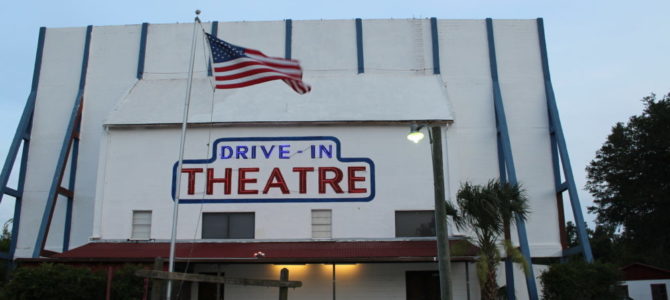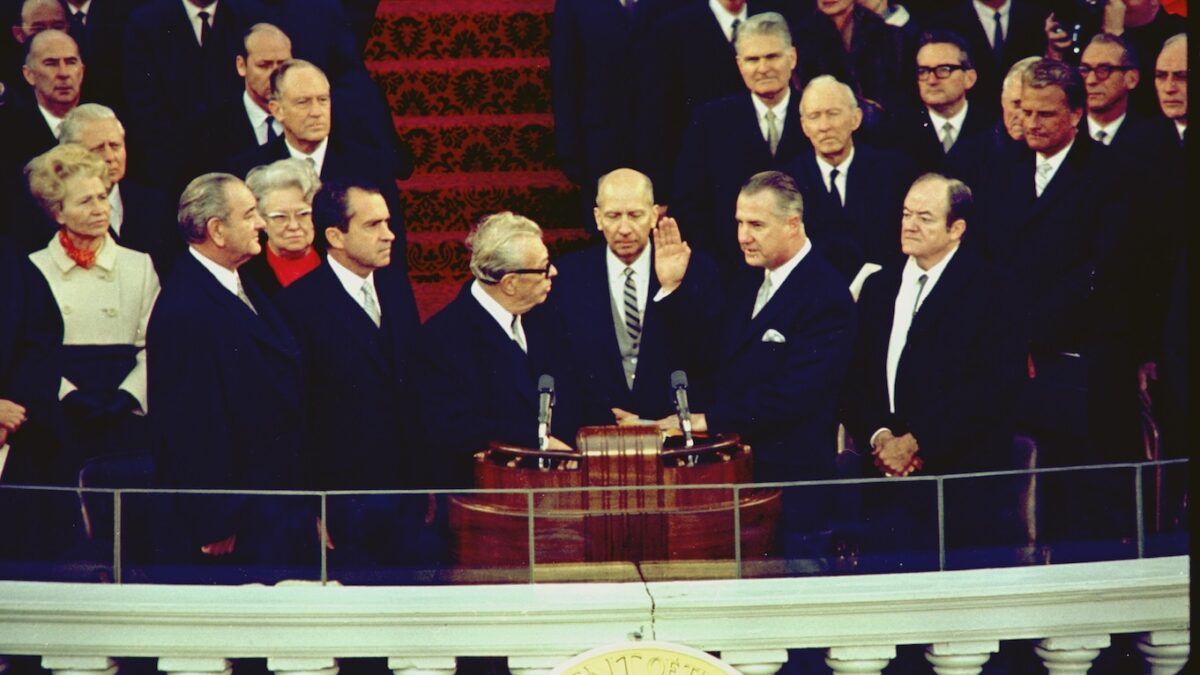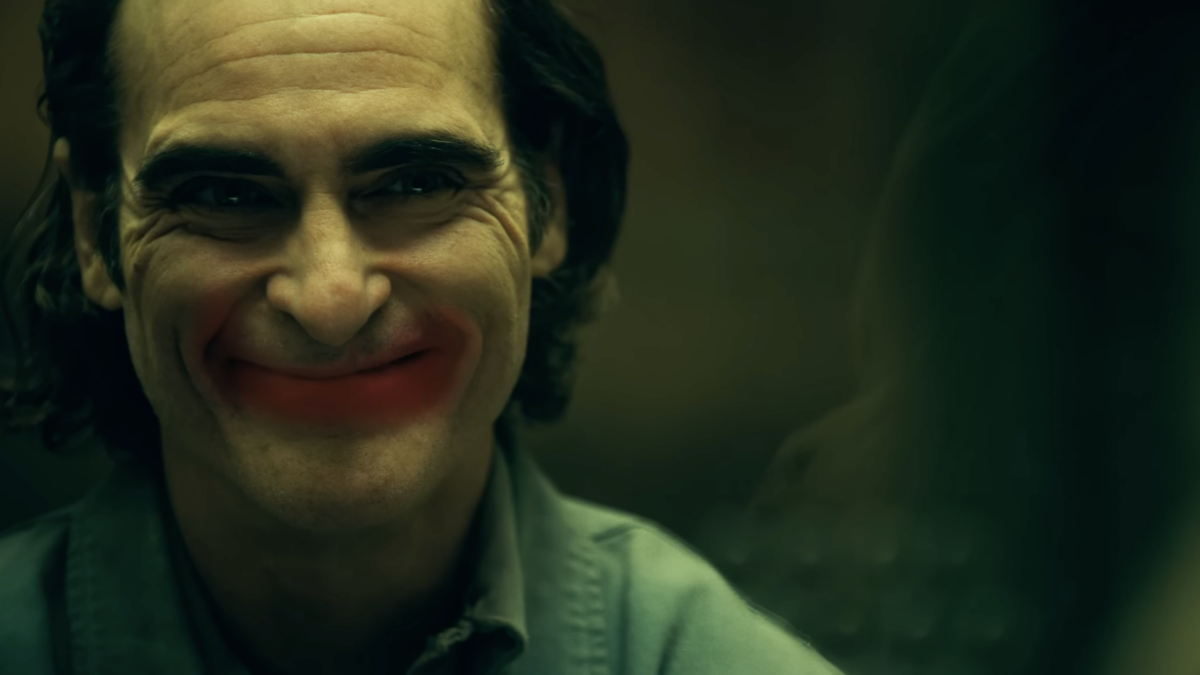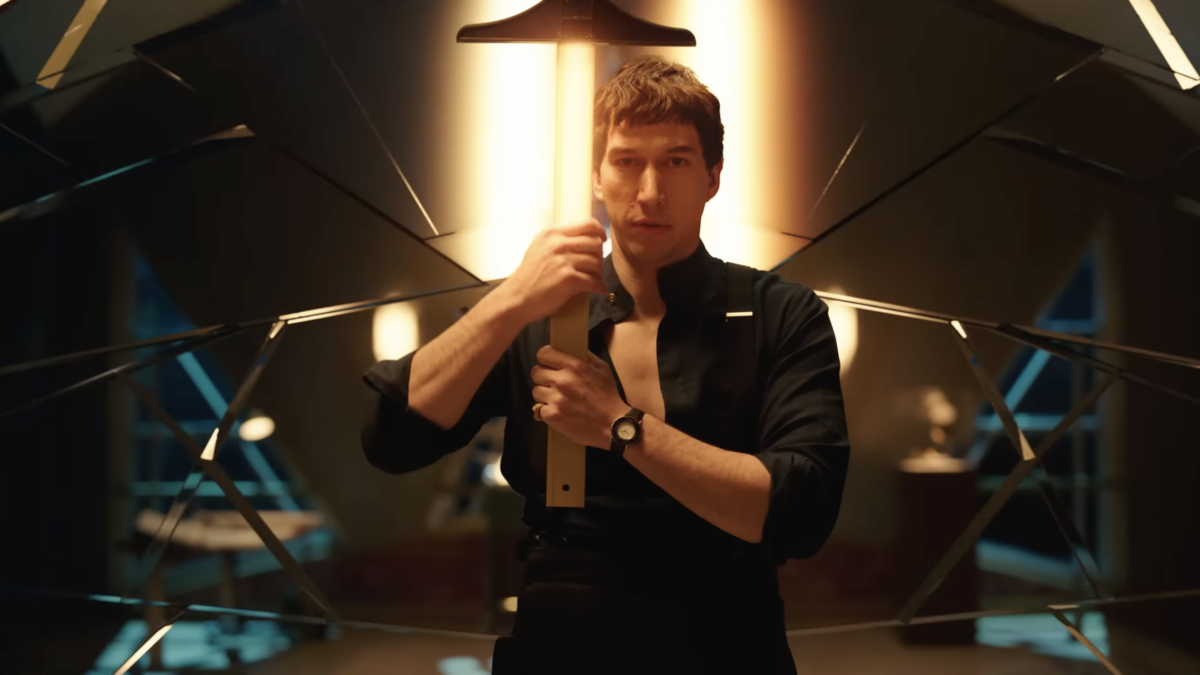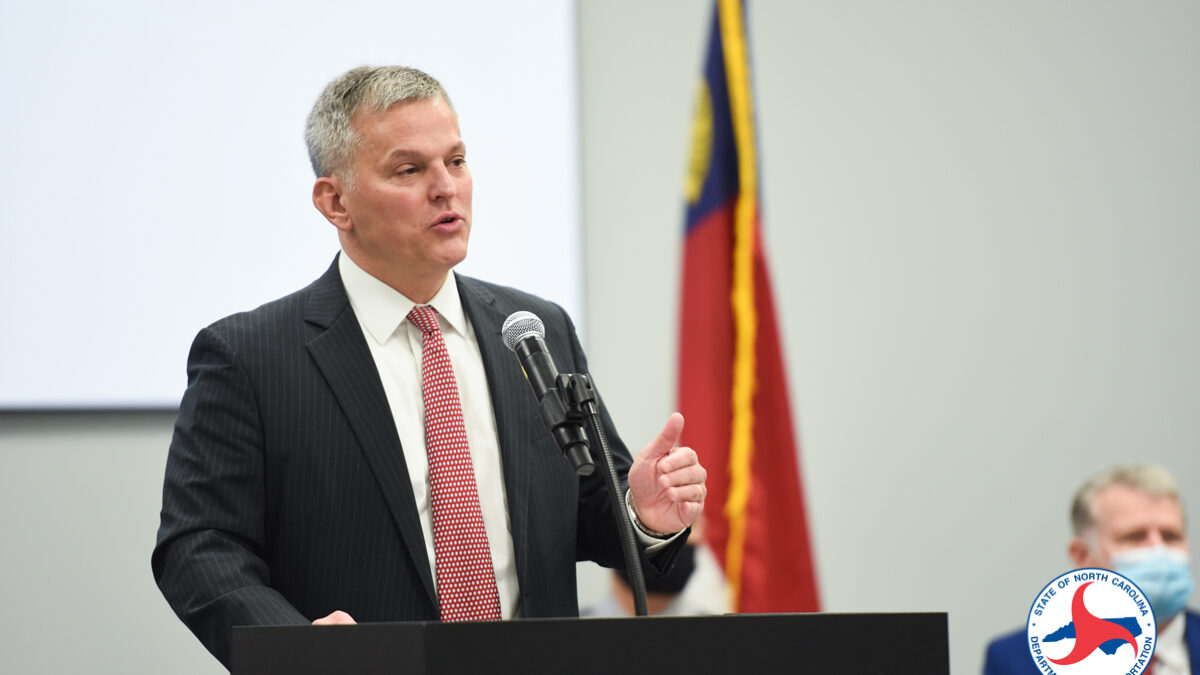A couple weeks ago, my brother showed me an Instagram post that said our local drive-in theater was single-handedly bringing in the entire box office revenue for the country. I figured he had to be joking, but sure enough, the 72-year-old drive-in theater in my small central Florida town of Ocala took in the entire U.S. box office report for the third weekend in April.
Drive-in theaters are persisting even as Hollywood has pushed back blockbuster release dates and cinema giant AMC has shut down its theaters for so long the company fears going under.
“We’ve seen about a 40% increase in attendance,” says John Watzke, owner of the Ocala Drive-In. “We have people coming now that haven’t been to a drive-in in many years, or have never been.”
Although the Ocala Drive-In hasn’t had to worry about a lack of customers, they’ve still made changes to keep viewers safe. Orange netting blocks off every other parking spot in the sandy field that shares a lot with a flea market during the day. Since most major film companies have suspended new releases, the screens play reruns of popular classics like “Indiana Jones” and “Grease.”
As dusk settles and it’s not quite bright enough for the screens to show up, grainy cartoons of popcorn bags and soda cans dancing to carnival music advertise the concession stand. They’ve been playing these PSAs for as long as I can remember, but now a new one in black and yellow letters informs customers: “Anyone that does not follow our policy of social distance will be removed from drive-in.”
After this message flashes across the screen a few times, another one asks the audience to stand for the national anthem, which plays over the speakers while an American flag waves onscreen.
Other changes brought on by social distancing requirements include gloves, masks, and temperature checks for concession staff, and the addition of a walk-up window and delivery for food from the concession stand since customers aren’t allowed inside. And, while most live performances and concerts around the country have been cancelled, Watzke is using his venue to offer drive-in concerts for musical artists performing live.
Watzke opened the drive-in as it is now in 2011, but it was originally built in 1948. His connection to the industry runs deep; his family has worked in the theater business since 1913, only eight years after the first theater in America opened. “I was raised in the theaters,” says Watzke, whose father and grandfather both worked as theater projectionists. “I used to go from drive-in to drive-in with [my father] working on the projectors.”
After moving to central Florida from Louisiana after Hurricane Katrina, Watzke noticed that the Ocala drive-in theater, though closed, was still standing. He worked out an arrangement with the property owner, and then spent almost a year renovating before the drive-in opened its doors.
Watzke’s is one of only 305 drive-in theaters left in the country, down from 443 in 2000 and a height of 4,063 in 1958.
Although drive-ins offer a movie-going experience uniquely suited to protect viewers from spreading germs, not every drive-in theater in the country is enjoying the same freedoms as Watzke’s. In Dearborn, Michigan, the Ford-Wyoming drive-in theater celebrated the expiration of Gov. Gretchen Whitmer’s shutdown order with a carefully social-distanced double feature, but police quickly appeared with an order to cease-and-desist after the governor extended her executive order.
In states where drive-ins are allowed, others are catching onto the trend. The Miami Dolphins recently announced a plan to temporarily convert their Hard Rock Stadium into a drive-in venue.
It’s uncertain how long the country will wait before reopening traditional movie theaters, but people like Watzke hope the newfound appreciation for drive-in theaters is permanent. “Until the CDC gives an all-clear, we will continue taking precautions,” Watzke says. “I’m hoping that people realize how safe they are at a drive-in.”
